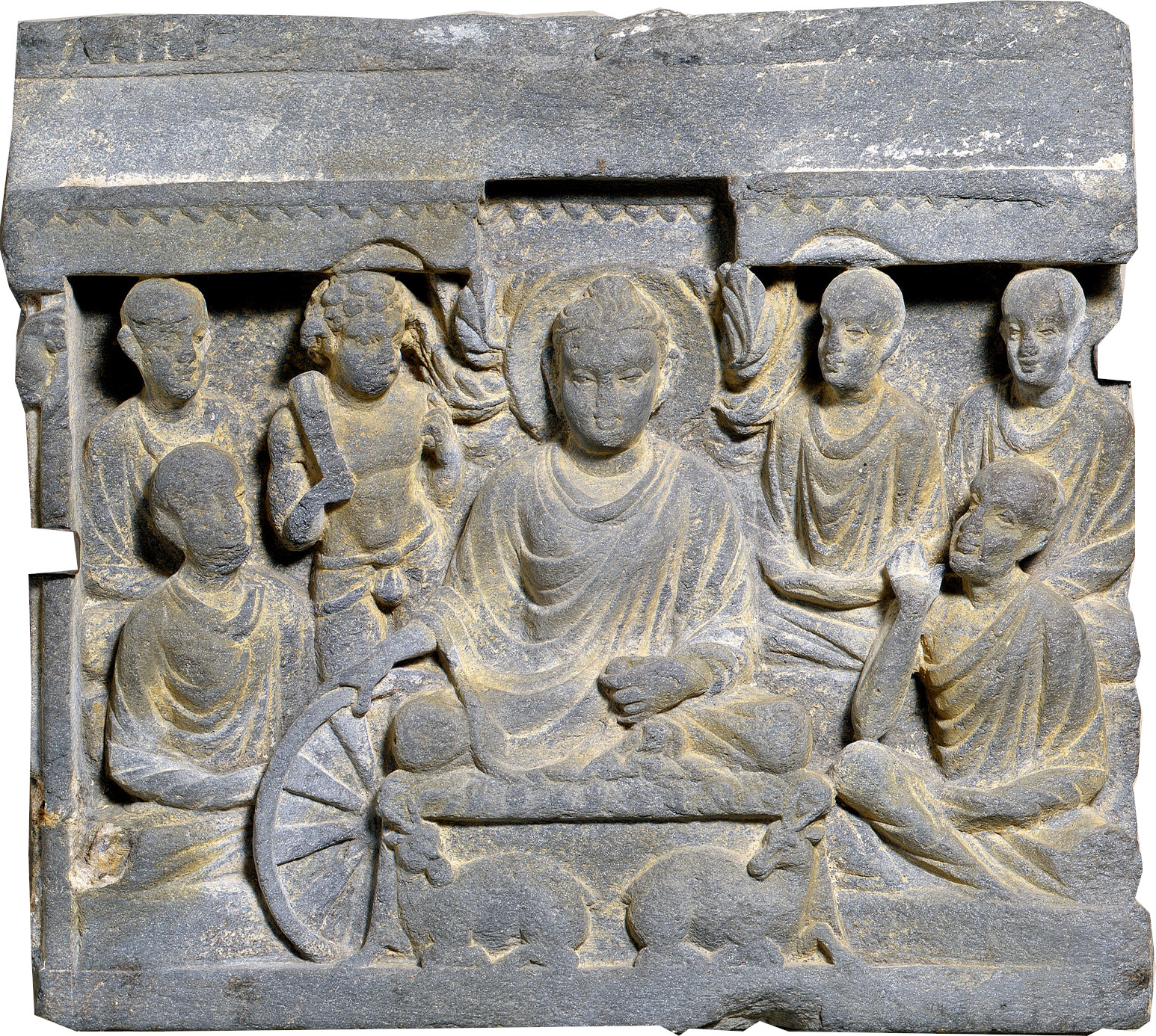Ancient Psychedelia: Alien Gods & Mushroom Goddesses
Online Book - Chapter 7, Page 97
Back to Online Book Mainpage / Next Page (Chapter 7, Page 98)
| Ganga Prasad, in The Fountainhead of Religion, voices the opinion that the caste system expansion or changes, along with an apathetic priesthood, for the most part, were the main causes of disenfranchisement and frustration among Indians and caused the swell towards Buddhism. Prasad writes: “The pure and noble religion of the Vedas and the Upanishads had degenerated into dead forms, unmeaning rites and cumbrous ceremonies. The Vedic division of varnas (originally based on division of labor and on merit), had degenerated into a system of hereditary castes in the worst sense of the term. As a consequence, the Brahmans, secure of honor merely by their birth, neglected the study of the Vedas, and the practice of virtue, for which their forefathers had been justly reverenced. The people too, were no longer as simple, pious and virtuous as in the Vedic times. And became the worshippers of forms, and slaves of luxury. The simple diet of the ancient Aryans was replaced by a flesh diet. And, in order that flesh-eating may have the sanction of religion, animals were slaughtered and sacrificed in yajnas.” (7) Prasad, discussing the caste system, says the following: “The change occurred when a Kshatriya of Royal family declared that merit and not birth determined a man’s position in society. Numberless persons gathered around him. But even many twice-born Aryans responded to his just and righteous appeals, and Buddhism soon spread from one corner of the land to the other.” (8) Prasad, citing Dutt, in his A History Of Civilization In Ancient India Vol-II, writes: “… (Gautama) He denounced caste, because he found it mischievous, and believed it to be a late and corrupted form of ancient Brahmanism. And he proclaimed the fruitlessness of Vedic rites, because he found them, as then practiced, to be silly, meaningless, dead forms, attended with needless cruelty to animals and loss of life.” (9) Vajrayana Buddhism Just before this period, around the 6th century, the texts called the tantras made their appearance which had a profound influence on all of India and the neighboring region including the traditions of Saive, Sakta, Vaishnava, Jain and Buddhism, with Hindu Tantra teachings reaching all the way to Bali and Angkor Wat. The form of Buddhism which embraces the tantric philosophy is referred to as Vajrayana Buddhism, also called “Thunderbolt Vehicle” and this is the most popular form of Buddhism which spread to Tibet. The large variety of Hindu deities in Buddhism is one of the many features borrowed from Indian Hinduism. (10) The use of yogic practices, the recognition of the “chakras” of the body, the concept of serpent energy or “kundalini” all derive from this Indian form of Buddhism which gained in popularity from the 6th century AD until 1300 AD when the Muslim conquest occurred. (11) |
The Tantras According to Mike Crowley, in his Secret Drugs of Buddhism, and at least one other mushroom scholar, Clark Heinrich, it was the practice of tantra that created the modern concept of the “guru,” whose teaching are passed down to the student. This is where the idea originated to teach the student by giving him the teacher’s urine to drink as “amrita.” This way the guru could shield the source of the “Soma” by ingesting it first, then passing the active metabolites onto the student. We know from historical cases and reported usage that the A. Muscaria is one variety of mushroom that can be passed up to five times from person to person without being fully metabolized by the body. If the student got high from drinking his guru’s urine, that would be a serious indication to the unwary that their guru was born “divine” or had “divinity within.” (12) The wheel of Buddhism, the dharmachakra, is one of the most prominent symbols of the faith. The wheel is depicted in several ways but the most revealing is when it’s perched upon its base-stem. The idea and word meaning coveys a “wheel of law.” (13) On a wall plaque, c. 200 AD, the Buddha is shown teaching the first sermon and reaching down to set in motion the wheel of the law (28c).  (28c) The Buddha, teaching the first sermon reaches down to set in motion the wheel of the law c. 200 AD (7) The Fountainhead of religion, p. 30 (8) ibid, 32 (9) The Fountainhead of Religion, p. 33; A History Of Civilization In Ancient India Vol-II by Romesh Chunder Dutt, p. 333 (1889) (10) Secret Drugs of Buddhism, p. XIII (11) ibid, p. XIV (12) ibid, p. 146-7 (13) ibid, p. 183 |
Go Back to Page 96